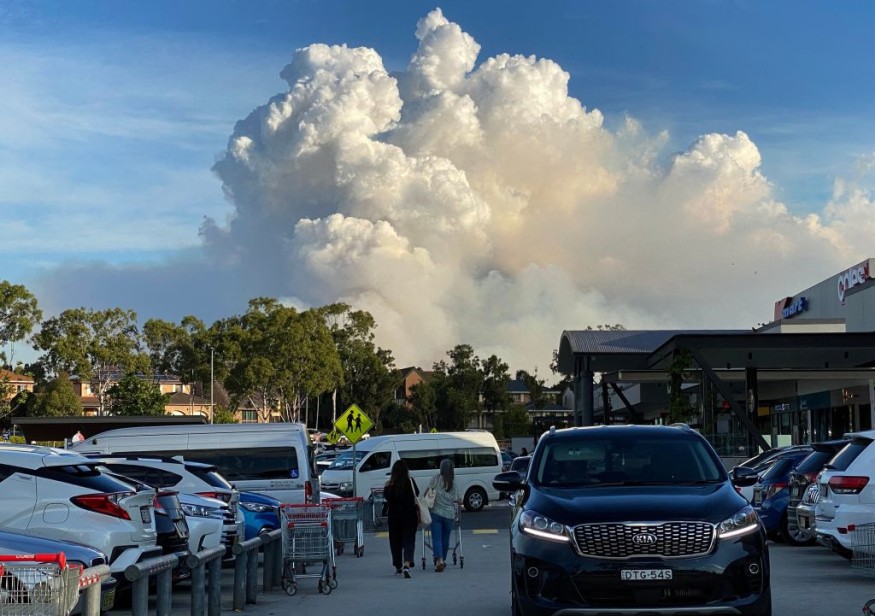Bushfire threat warnings have been issued by Australian authorities in Sydney, as a heatwave envelops the New South Wales capital city.
Earlier this week, local authorities reported dozens of wildfires burning across the state.
The fire weather and dry conditions comes a year after Sydney and its surrounding regions experienced recurring heavy rain and flooding.
Australia Bushfire Threat

The bushfire threat warning was given on Tuesday, March 7, regarding the rising risks of fires in Eastern Australia, where a severe heatwave spiked temperatures across the region, especially in Sydney, Reuters reported.
A total of 33 bushfires are ongoing across New South Wales, wherein 12 fires are not contained yet.
As a result, five public schools have been closed across the state.
There were no immediate reports of injuries from the latest bushfires, but the authorities stated some residents needs to be evacuated, as cited by Reuters.
What is a Heatwave?
A heatwave pertains to an abnormal or unusually hot weather that typically last from two or more days.
The temperatures must exceed the historic averages for a particular area or region in order to qualify as a "heat wave," according to the National Oceanic and Atmospheric Administration (NOAA).
Unlike other weather phenomenon, heatwaves are relatively harder to predict in terms of its intensity and duration of occurrence.
For instance, such extreme heat can last not only days but also weeks or even months, in a particular location.
In 2022, a massive heatwave swept across the Northern Hemisphere, notably in Europe, from the months of June to August.
The natural disaster was intense it reportedly caused wildfires, evacuations, and over 20,000 heat-related deaths.
Southwestern Europe's summer heatwave affected multiple countries, including the United Kingdom, Spain, and France.
Data from the Copernicus Climate Change Service (C3S) in September 2022 revealed how the unusual heatwaves affected Europe during the 2022 summer season, wherein it contributed to above-average wildfire activity and severe droughts, along with prolonged dry periods.
Multiple countries reported thousands of additional deaths as the intense heat affected hundreds of million of people, with repercussions to agriculture, food supplies, health, energy prices and demand, natural ecosystems, and general transport, the website of C3S reported.
Australian Bushfires (2019-2020)
Prior to the 2022 European heatwave, Australia was also ravaged by an extreme heatwave and wildfires, which has been known as the 2019-2020 Australian bushfire season.
Australia is not a stranger to bushfires but the 2019-2020 season has proven itself to be unexpected in many ways.
The first major Australian bushfires started even before the official start of the spring season in June 2019.
The fires then went out-of-control by the beginning of September 2019, according to the Center for Disaster Philanthropy (CDP) charity organization.
The intensity of the fires worsened at an exponential rate by the start of November 2019, marked by increased temperatures and prolonged drought.
While relief brought by heavy rain occurred in mid-January 2020, hotter temperatures, drought, and high winds escalated the blaze against by the first weekend of February 2020, the CDP recalled.
Related Article : Where Exactly Did Australia's Apocalyptic Bushfires Go?
© 2025 NatureWorldNews.com All rights reserved. Do not reproduce without permission.





